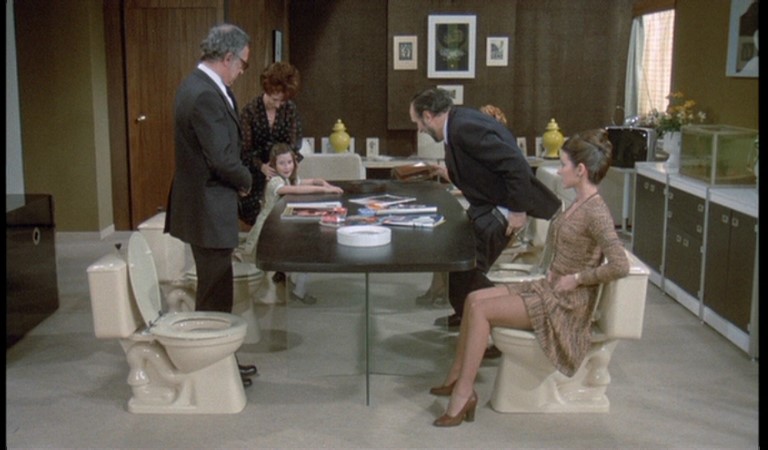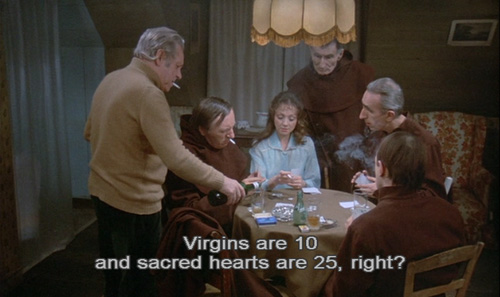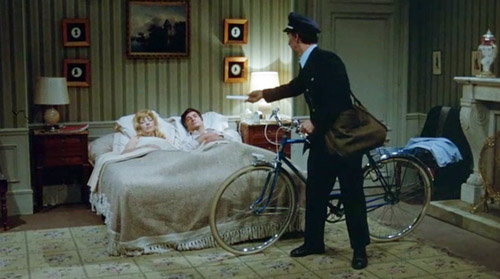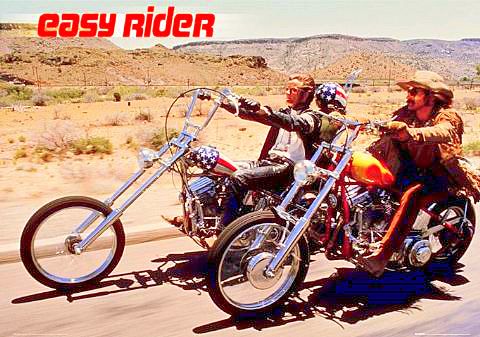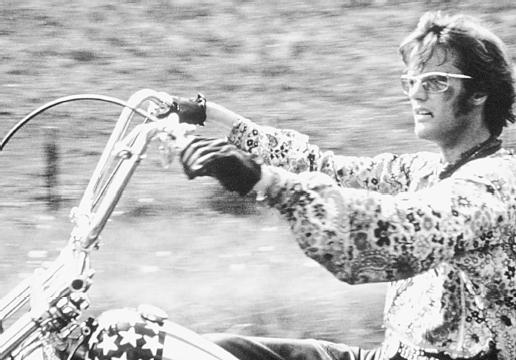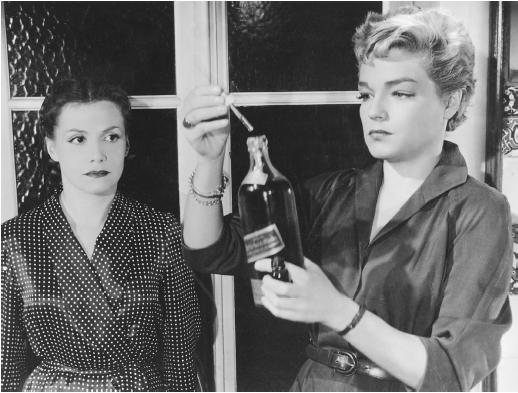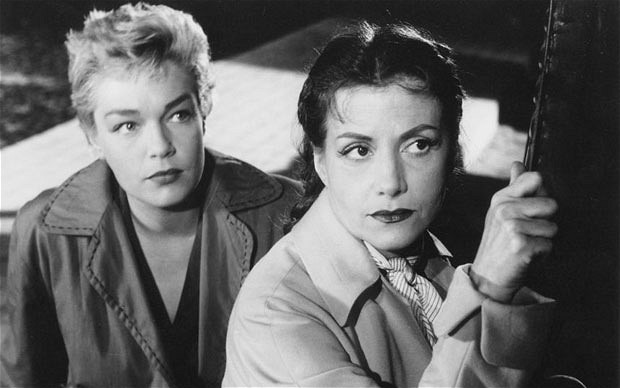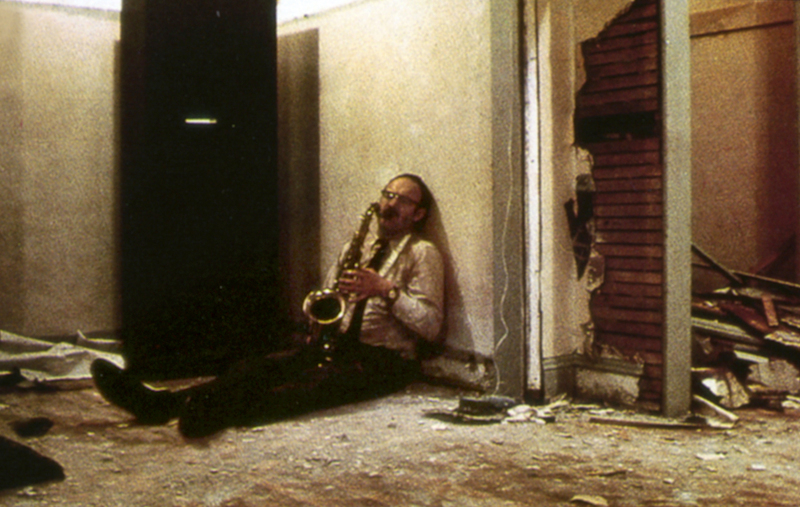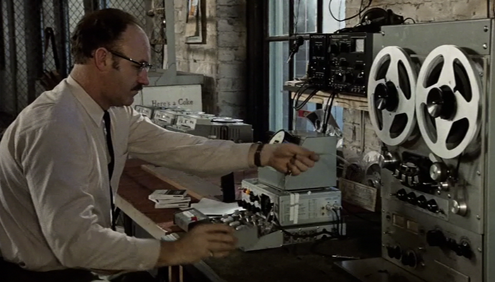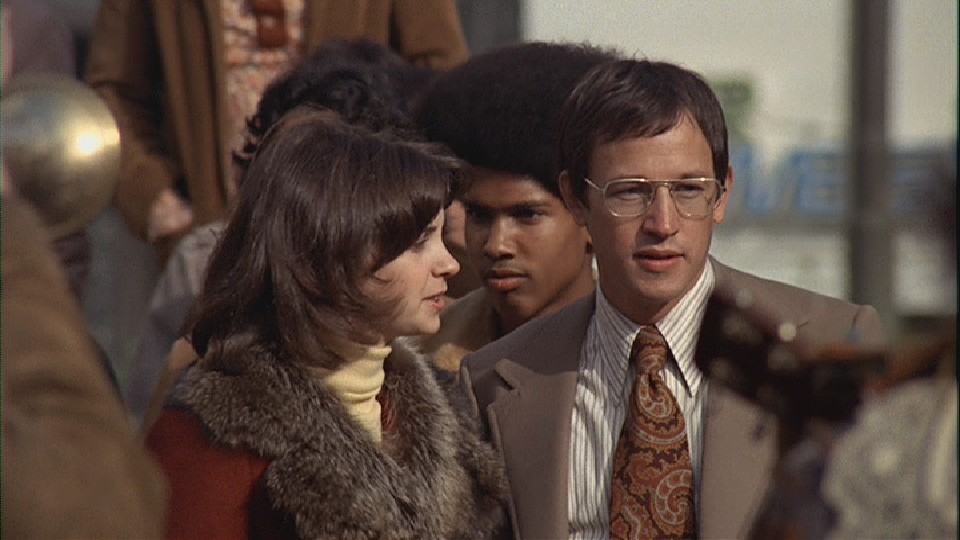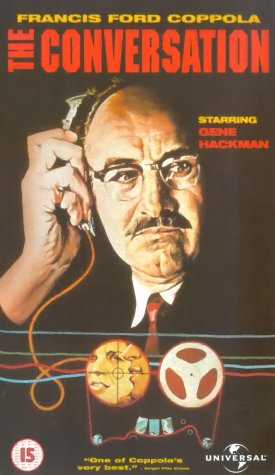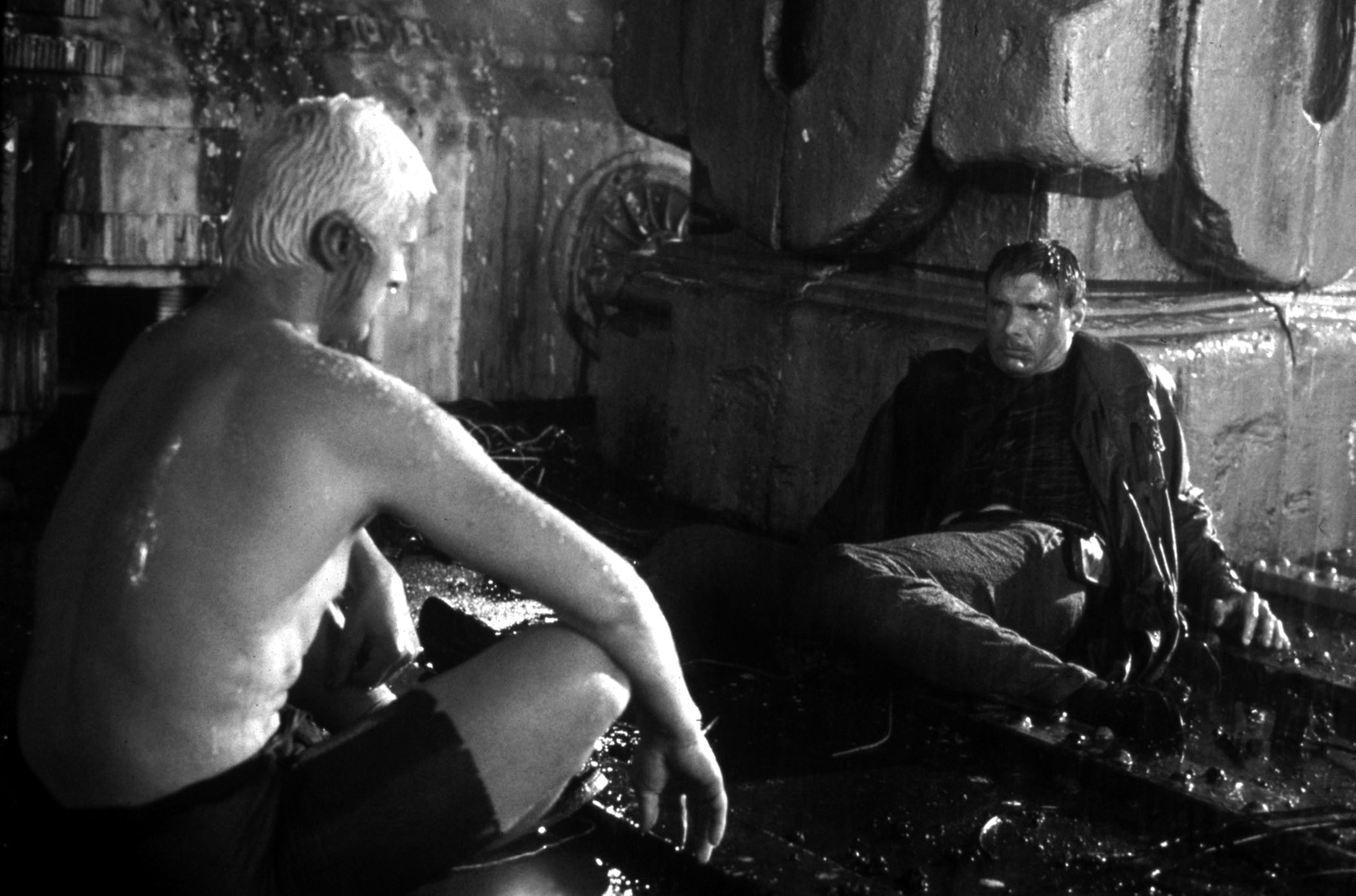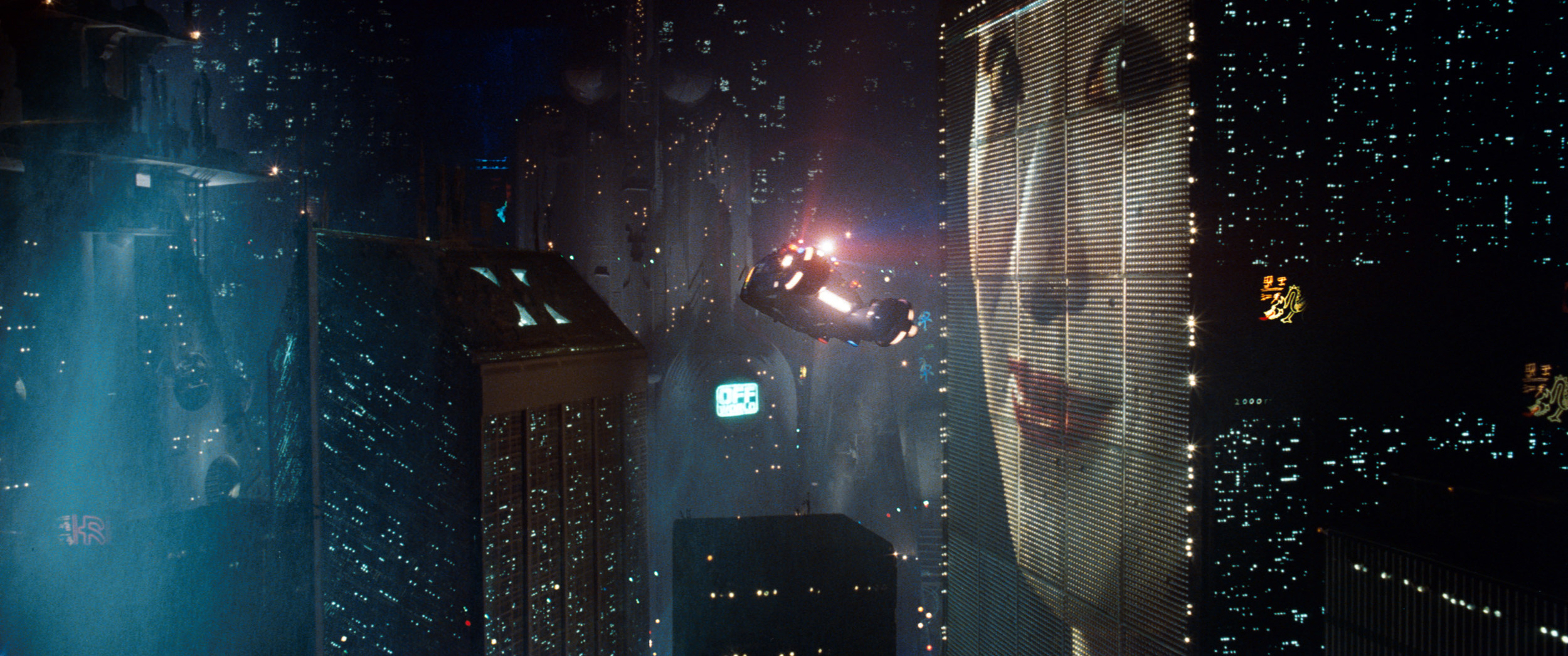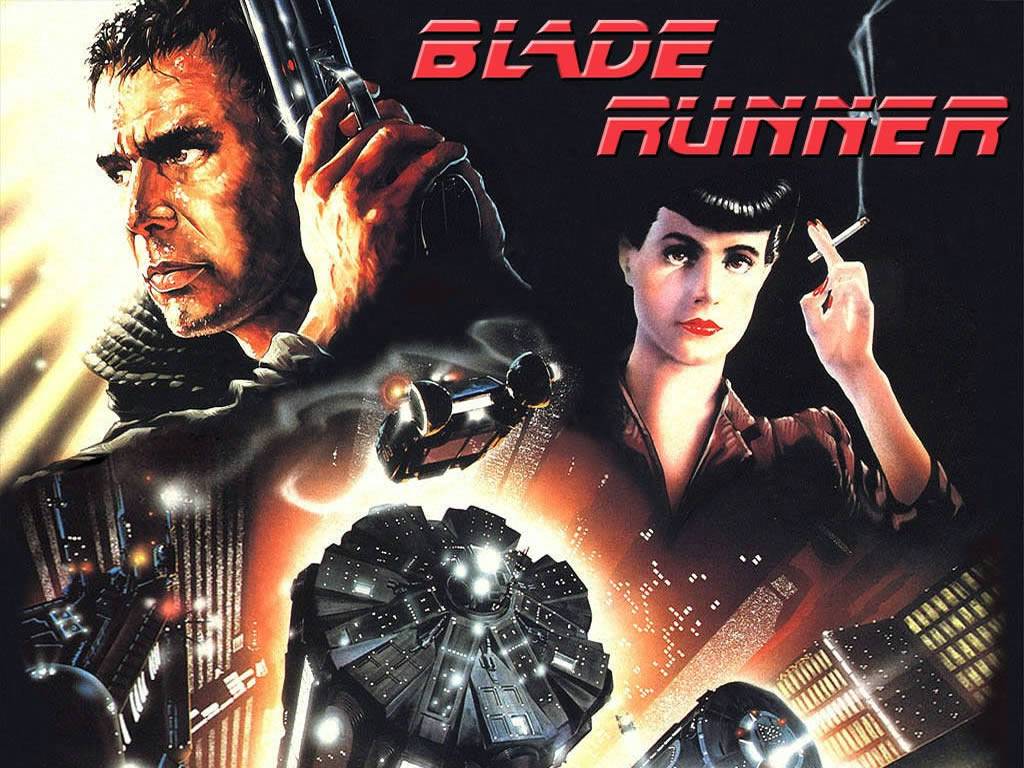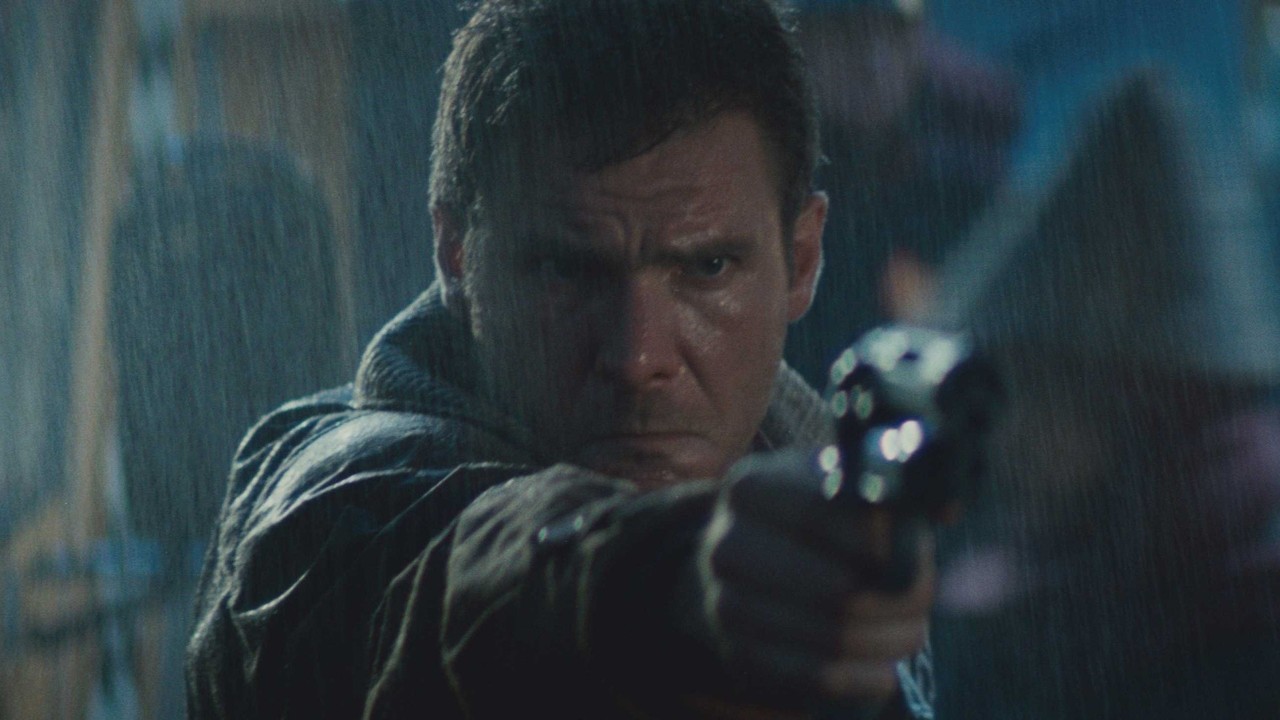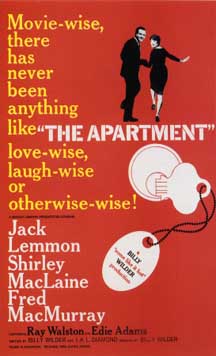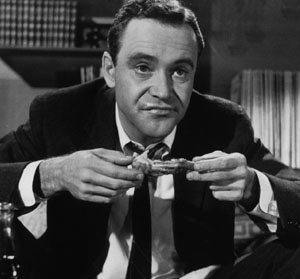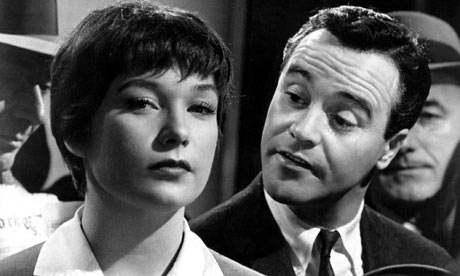Production
year 1974
Directed
by Luis Buñuel
Written
by Luis Buñuel and
Jean Claude Carriere
Starring
Michel Piccoli, Jean Rochefort, Adriana
Asti, Monica Vitti
The Phantom of Liberty is one of the final films by Luis Buñuel – one of Spain’s greatest filmmakers and the master of surreal comedy.
In Buñuel’s early career he collaborated with the artist Salvador Dali – in particular on the infamous Un Chien Andalou. The imagery of this 1929 short film is still shocking and surprising and set the tone for the films he would make throughout his life.
His targets were more often than not the middle classes and their mores and hypocrisies, which he lampooned and mocked in a series of mischievous and witty fables. The films were often funny, sexy satires that were both outrageous and perplexing – none more so than his 1967 picture Belle De Jour in which Catherine Deneuve plays a wealthy housewife who secretly becomes a prostitute to fulfill her sexual fantasies…
The Phantom of Liberty was Buñuel’s penultimate film and came after The Discreet Charm of the Bourgeoisie – for which he won an Oscar. It is less well known than many of his movies but was a personal favourite of the director himself. Phantom has no straightforward narrative and is made up of a series of loosely connected scenes and sequences – each with a different theme and characters.
"Chance governs all things; necessity, which is far from having the same purity, comes only later. If I have a soft spot for any one of my movies, it would be for The Phantom of Liberty, because it tries to work out just this theme."
Buñuel refused to explain his films preferring the audience to take their own meaning from his work.
"We so often find ourselves at complicated crossroads which lead to other crossroads, to ever more fantastic labyrinths. Somehow we must choose a path."
